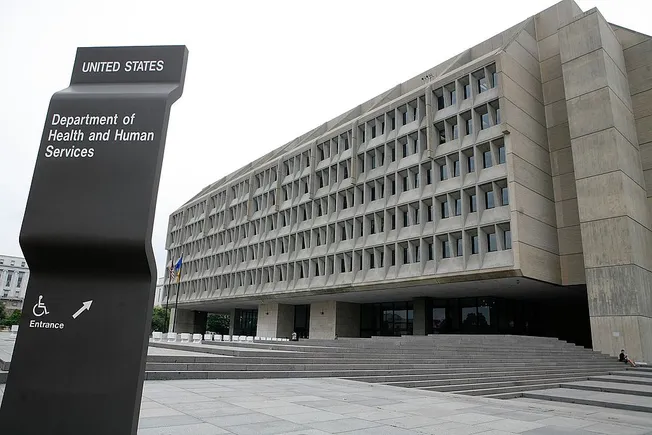A recent analysis reveals striking disparities in the cost and availability of cancer drugs across different regions of the globe, with significant gaps between high- and low-income countries. The findings are published by Wiley online in CANCER, a peer-reviewed journal of the American Cancer Society.
The analysis, which drew on relevant published studies and reviews related to cancer and the availability of cancer treatments, predicts that there will be an estimated 28.4 million new cancer cases worldwide in 2040 alone. In the coming years, cancer incidence is expected to increase most significantly in low-income countries. Cancer mortality rates are also increasing in low-income countries, whereas they have leveled off in developed countries.
Research indicates that inequity in access to therapy, lack of proper screening, persistent carcinogenic risk factors, and inadequate healthcare infrastructure are major contributors to the higher cancer incidence and cancer-related mortality rates observed in low-income countries compared with high-income countries. Also, clinicians' current understanding of cancer and its optimal treatment is primarily based on research conducted in high-income countries, whose residents may differ from individuals in middle- and low-income countries.
Studies reveal that economics can be a major challenge for optimal cancer care around the world. Newer cancer drugs such as immunotherapy medications can cost thousands of dollars more per year than standard chemotherapy. Also, low-income countries spend less of their total gross domestic product on cancer care than high-income countries, yet they often must pay more for the same essential cancer drugs.
Cancer incidence and mortality are on the rise globally and are expected to disproportionately affect people in low- and middle-income countries. Unfortunately, access to newer cancer therapeutics is far more restricted in low- and middle-income countries due to prohibitive costs. In this paper, we analyze the data and propose a few solutions that could help alleviate these worsening disparities-;including the use of quality generics and biosimilars and the implementation of universal healthcare coverage and international medical funding."
Fadlo R. Khuri, MD, senior author of the American University of Beirut Medical Center, in Lebanon
Source:
Journal reference:
Tfayli, A. H., et al. (2024). Global disparities in cancer care: Bridging the gap in affordability and access to medications between high and low‐income countries. Cancer. doi.org/10.1002/cncr.35590.

 2 hours ago
1
2 hours ago
1















.png)

.png)
.png)
.png)













 English (US) ·
English (US) ·  Hindi (IN) ·
Hindi (IN) ·